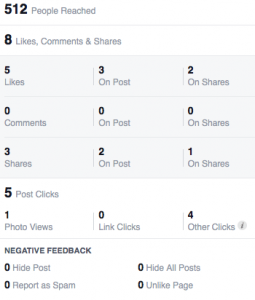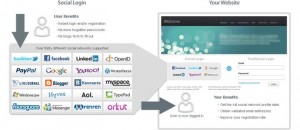In 2014, when the Seahawks claimed their first Super Bowl win in history, many wondered what the secret was behind their newfound success. Coach Pete Carroll credits mindfulness training for his team’s resiliency – their ability to press forward in the face of defeat. Now, one year later, they will be putting their resiliency to the test after a devastating Super Bowl loss to the New England Patriots in Super Bowl XLIX, despite an incredible last minute comeback that left them down only four points. Question is, will their resilience training help them recover from such a loss?
First, let’s not forget that the Seahawks made it to the Super Bowl for the second consecutive year, an amazing achievement in and of itself. According to a recent interview in Mindful Magazine, one of Coach Carroll’s strategies is to teach players that competition doesn’t always translate to beating others, that competing means to be the best you can be — utilizing willpower to push yourself as far as you can go.
Technically, other than being the winner of the Super Bowl, being a team in the Super Bowl is as far as you can go in the NFL. Now they have to ask, did they do their personal and team best?
According to the Mindful article, Seahawks’ mindfulness coach, sports psychologist Michael Gervais, uses a sophisticated blend of mindfulness and cognitive behavioral training to cultivate what he describes as ‘full presence and conviction in the moment.’” He’s taught the Seahawks players meditation and tactical breathing techniques as well as a broad range of visualization techniques to enhance the players’ confidence. According to Gervais “Confidence is the cornerstone of great performance and it comes from just one place: what we say to ourselves.”
We can’t all win every game in life, whether on the field, at school, or in the workplace. However, the techniques Gervais teaches athletes have been proven to increase resiliency in any and every area of life. Developing mindfulness can be a very simple practice, taking only minutes each day.
Here are some ways to develop mindfulness, whether you’re an athlete or a CEO, by learning how to focus attention and awareness on the present moment:
Monitor your CPA (continuous partial attention) — Most of the time, we pay only partial attention to things and people. Recognize this, become aware of it, and counteract it by focusing fully on the person or task at hand.
Breathe mindfully — Being fully engaged in the moment and thinking clearly requires oxygen.
Cancel unnecessary meetings — They are a distraction from your focus and productivity.
Exercise — Even 15-minute walks lead to greater energy.
Disconnect from technology — Turn off the email notification, put the phone away.
Schedule specific times for checking email, texts and messages instead of responding to them as they occur. You are the master, not your phone.
Formalize communication practices at work — Have technology-free times or work zones. During meetings, have a rule that no phones are allowed. This helps maintain focus and engagement.
Schedule daily interactions — If you work alone or in partial isolation, schedule a time every day when you will visit someone. Be intentional about this.
Learn and study new things — Learn for its own sake. Understanding new things brings about changes in thinking and behavior.
Substitute a new routine every now and then — This can be as simple as driving a different route home. Change something, even if it’s very minor. This engages the mind.
There will be discussion for years to come about Coach Carroll’s decision made in those final minutes of Super Bowl XLIX, and it’s one the Seahawks will surely remember for the rest of their lives. Only time will tell if their mindfulness training will get them back into the competition quickly and back to the Super Bowl for another chance in 2016. The world will be watching.
These tips have been excerpted from The TRACOM Group’s Adaptive Mindset program.
Cover image via Wikimedia
(223)




